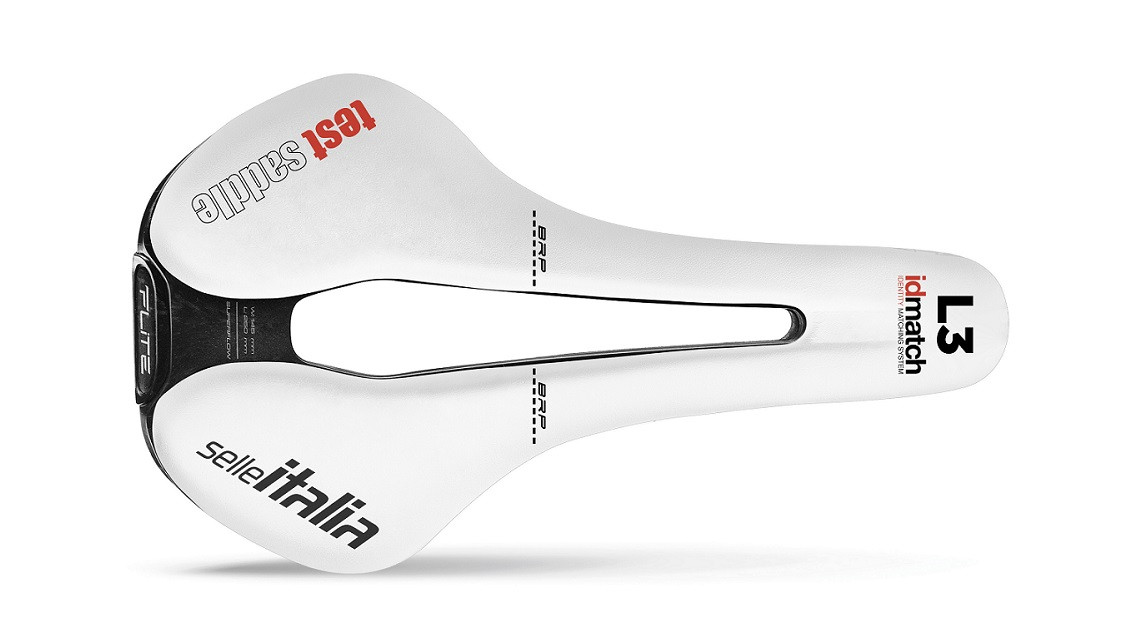BAR TAPE: WHEN AND HOW TO REPLACE IT

The handlebar tape is a simple and inexpensive way to brighten up the look of your bike, but it does more than just look good. It provides a good grip on the bend and reduces ground vibrations for easier handling.
idmatch, in collaboration with Selle Italia, has contributed to the development of specific accessories for the handlebars that make cycling safer and more comfortable in every situation. This is how the Shock-Absorber was born, to be fixed under the tape, to obtain a shock-absorbing and anti-vibration function very similar to the one performed by the human body, able to reduce discomfort to hands and wrists caused by road stress. In addition, the special SG Tape, designed to be used in combination with Shock-Absorber, provides an extremely high level of grip and a particularly secure hold on the handlebars.
Do-It-Yourself: applying the tape
But, let’s take a step back, how often does the tape need to be replaced? Of course, handlebar tape doesn’t have a specific expiry date: it depends on the material of the tape, how often we use the bike and how keen we are for our bike to look “used”. Generally speaking, the taping should be replaced when it starts to lose elasticity, is no longer soft to the touch and no longer absorbs vibrations the way it did when new.
At this point, let’s see how to replace it. It’s a simple job that can easily be done on your own: you simply need to follow a few tips and have a pinch of dexterity.
In any case, the bike needs to be still so it’s best to secure it to a stand, blocking the front wheel.
First of all, the old tape needs to be removed and any glue residue removed from the handlebar drops. Then the rubber control covers need to be lifted and turned, attaching two pieces of tape – normally included in the packaging – on the exposed parts of the brake body. Now you can start to actually wrap the tape. Always start from the horns of the handlebar, leaving an extra ten or so centimetres of tape, which will eventually be folded inside the tube to secure the cap. Proceed by wrapping the spirals upwards and overlapping them, but not more than half the width of the tape so you don’t risk “finishing” the tape before you’ve fully covered the drops.
Making the most of its elasticity, the tape should be pulled well to guarantee better adhesion, but the most important thing is to respect the wrapping direction so as not to accidentally lift the tape with your hands while pedalling. That is to say it must always be applied in a clockwise direction on the right-hand side and in an anti-clockwise direction on the left-hand side: simply remember to always wrap in an outwards direction. Once you reach the end, simply cut off the excess tape and block it by using the special adhesive tape.
Lastly, the caps need to be inserted at the ends of the horns: the strips of tape left loose at the start are needed to create volume and keep the caps in position.








